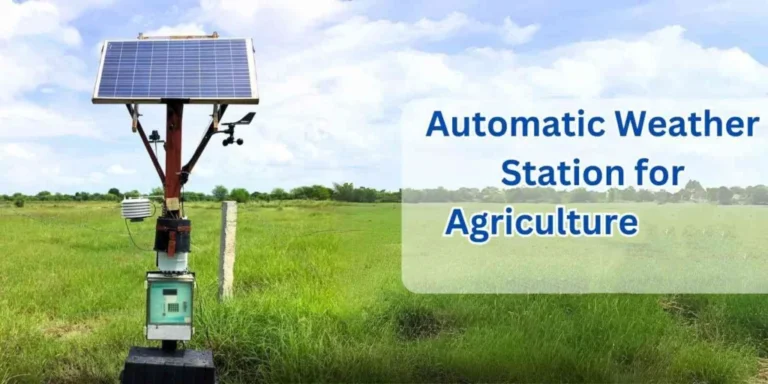The Definition of Atmospheric Air Pressure

# The Definition of Atmospheric Air Pressure
## What is Atmospheric Air Pressure?
Atmospheric air pressure, often simply referred to as air pressure, is the force exerted by the weight of air molecules in the Earth’s atmosphere on a given surface area. It is a fundamental concept in meteorology and physics that helps us understand weather patterns and atmospheric conditions.
## How is Air Pressure Measured?
Air pressure is typically measured using a barometer and is expressed in several units:
– Pascals (Pa) – the SI unit
– Millibars (mb) – commonly used in meteorology
– Inches of mercury (inHg) – traditional measurement
Standard atmospheric pressure at sea level is approximately:
101,325 Pa or 1013.25 mb or 29.92 inHg
## Factors Affecting Atmospheric Pressure
Several factors influence air pressure measurements:
– Altitude: Pressure decreases with increasing elevation
– Temperature: Warm air is less dense than cold air
– Humidity: Moist air is less dense than dry air
– Weather systems: High and low pressure areas affect local measurements
## Importance of Air Pressure
Understanding atmospheric pressure is crucial for:
– Weather forecasting
– Aviation safety
– Climate studies
– Human health (especially at high altitudes)
– Engineering applications
## Variations in Air Pressure
Normal air pressure at Earth’s surface ranges between 980 and 1040 mb. Extreme low pressure occurs in hurricanes and tornadoes, while high pressure is associated with clear, calm weather conditions. These variations create the wind patterns that drive our weather systems.
Keyword: atmospheric air pressure definition

